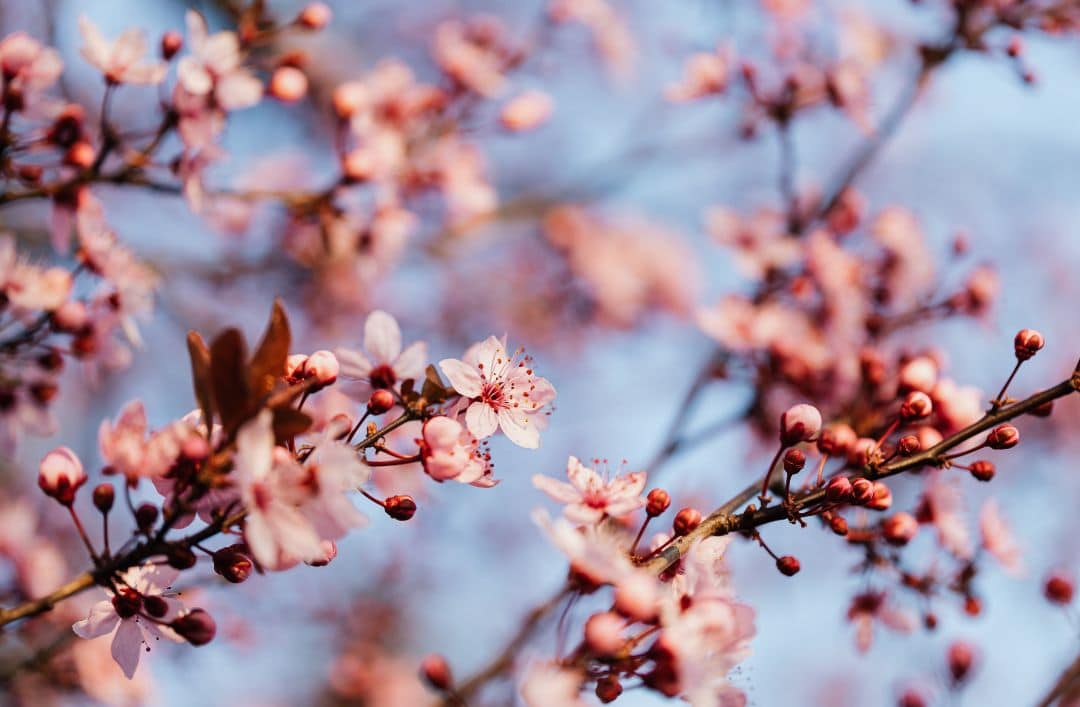
Mar 15, 2023 | Activities/Services, Events, Otros pueblos
Cherry blossom time is one of the year’s great events. Every springtime the cherry blossom in the Vall de la Gallinera, in the Marina Alta, rewards us with this spectacle. It is a phenomenon that usually occurs mid-March to early April depending on the weather.
The Costa Blanca Norte in general and Cumbre del Sol in particular is one of the loveliest places in Spain, known for its beaches and coves, but also for its interior. This area inland is one of the best places to see the cherry trees in bloom. It is a spectacle that has been acknowledged by the Comunitat Valenciana Tourist Office and also travel magazines such as Condé Nast Traveler. This district is up there with the best known parts of Spain, such as Alfarnate, in Málaga, the Valle del Jerte, in Cáceres, El Hornillo in Ávila and the Valle de las Caderechas in Burgos as one of the best places to view one of nature’s spectacles.
Historically known as a cherry producing area, La Vall de Gallinera is a village of 570 inhabitants that lies in a valley. The river Gallinera runs through it and it is ringed by the mountains of the Sierra del Almirante, the Sierra de la Albureca and the Sierra Foradada.
Benirrama, Benialí, Benissivà, Benitaia, La Carroja, Alpatró, Llombai and Benissili make up the area where you enjoy a unique sight in the Comunitat Valenciana region along the “8 Villages Trail”. This is the ideal way to discover the area as you pass by the natural springs, water troughs, charming little streets, the surrounding countryside and of course cherries. We tell you the best way to go about it!
Discover inland Costa Blanca Norte
The “8 Villages Trail” is a route that you take at any time of the year, as we have mentioned it is particularly recommended in March, to coincide with the cherry blossom that carpets the slopes of Vall de Gallinera with a blanket of white.
The trail is 14 kilometres long, although you can walk just parts of it as you wish. The route is signposted and runs mainly through tarmac farm tracks, with only slight inclines (with the odd exception) and so it is ideal for children on one of those sunny Sundays that are perfect for a family outing.
However, this is not a circular route, so the entire return trip is 28 kilometres which might be a bit much if you simply want to enjoy the countryside. So instead we recommend one of the following options:
- If you travel with 2 cars, you could leave one at the start, and park another one at the end of the trail, and that way you can walk the whole 14 km just one way.
- Simply walk a part of the route. In that case you could start out from one of the villages along the way. It would probably be best to choose one of the central villages which have the most services and facilities if you are planning to stop and eat, Benialí, where La Vall town council is located, is a good choice.
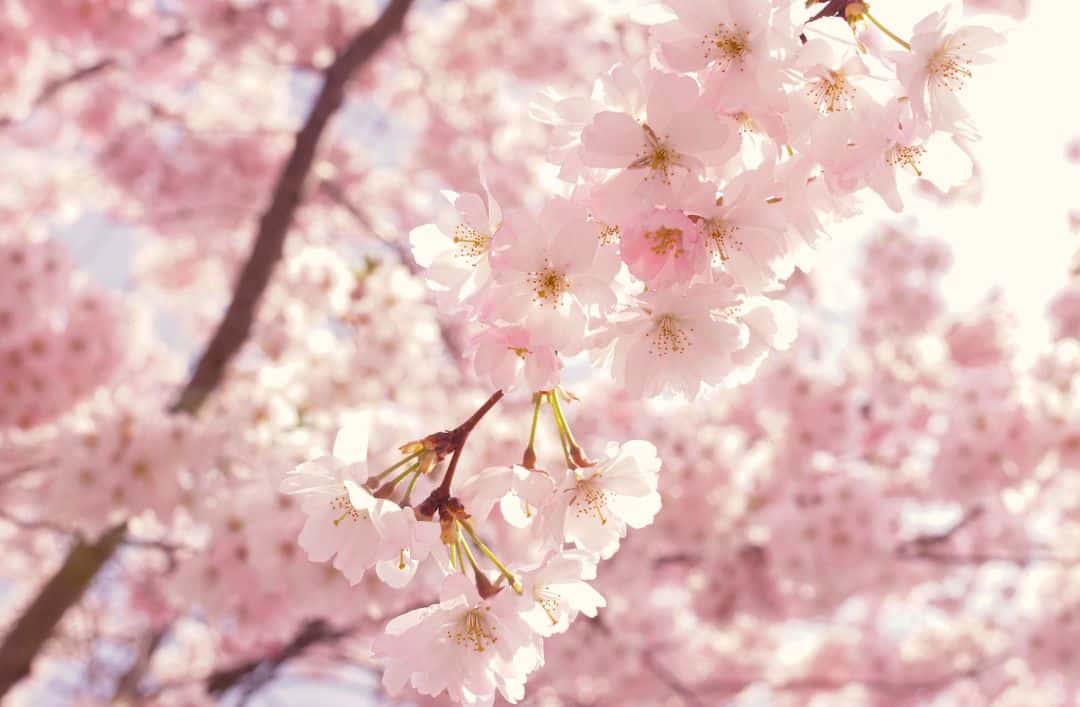
One of the main attractions along the route are the innumerable springs that bubble up fresh and clear from the mountain peaks of the Serra Foradà, on the southern side of the valley and from the Serra de l’Almirall, which encloses the valley to the north.
The trail is indicated at all times. In each village you will find panels containing information, as well as signposts at regular intervals along the way.
In short, this is a route for everyone, because you can walk the trail (and see the springs, public laundry places and enjoy the countryside in this beautiful valley) or by car and enjoy exploring all the villages.
The area is well kept with a lot of history and architectural, artistic and natural heritage. A spectacular landscape with its high mountains and a lively environment. We cannot think of a better plan close by, as spring approaches, than to have a wander around these eight villages with the cherry blossom as an added extra.
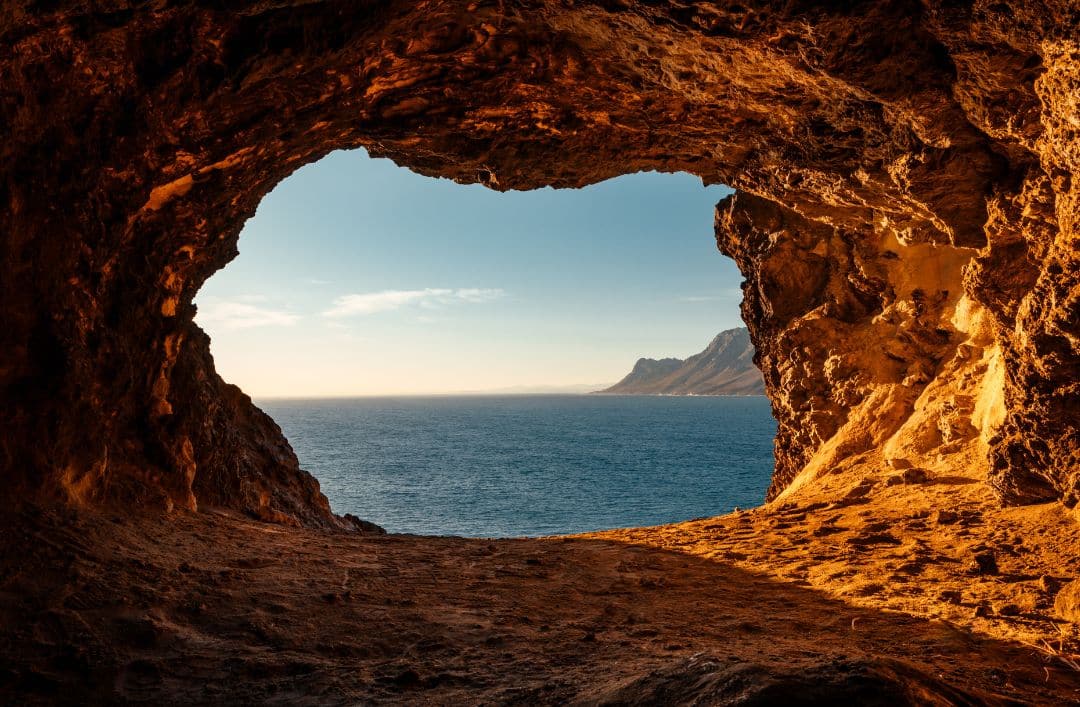
Feb 9, 2023 | Activities/Services, Benitachell, Cumbre del Sol, Other towns, Otros pueblos
It might not be the best known attraction of the Costa Blanca Norte, but the interior of many of the region’s mountains harbour a network of caves (some of which are open to visitors while others remain inaccessible) that enrich the landscape, and when you venture inside some of them you may well come across vestiges of the past life of this place.
The latest exciting news about the world of caves concerns Cova de les Morretes in Benitachell. Following some important 20th century finds involving treasure, work on restoring the cave has now been completed and if you are walking the Ruta dels Penya-Segats trail, you will come across it in an exclusive location that boasts some of the finest views of the Costa Blanca Norte. A museum no less, that looks out to sea.
These caves once served as a refuge for locals who struggled to make a living from fishing and by working the adjacent terraces. In order to supplement their meagre income, they also dabbled in a bit of smuggling, most likely tobacco.
Having completely restored the walls, roof and some of the interior elements, while at all times keeping the essence of the place and its original materials, the idea of this Cultural Heritage site is to “museumise” the cave so that it can be visited both physically and virtually, making it accessible to anyone interested in paying a visit. So now you have something more interesting to do on your Sunday hiking trail near Cumbre del Sol!
Costa Blanca Norte: cave area
If a visit to the Cova de les Morretes has whetted your appetite, you’re in luck. As we mentioned, the Costa Blanca Norte harbours a multitude of caves to visit or view on your country walk. We tell you about some of them below.
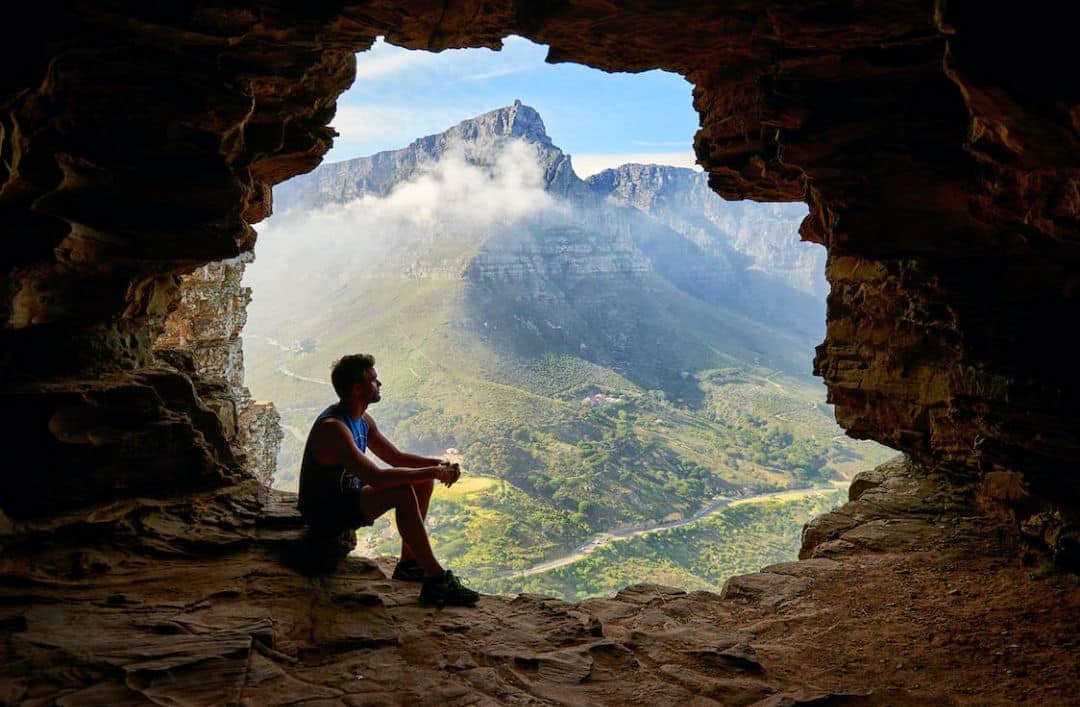
Rull Cave
This cave is in Vall de Ebo. It was discovered by José Vicente Mengual, known as Tío Rull, in 1919. In the 60s it was restored and made available for visits, and remained open to tourism until 1970. Later it was inherited by his heirs who sold it to the Public Authority in in 1995 and it was again opened to tourists, once the installations had been refurbished. Today it is open to the public and you can also take advantage of a guided visit as well.
Las Calaveras Cave
This cave which was discovered in the 16th century is in Benidoleig and is 70 metres above sea level. Its takes its name from the fossilised remains of hyenas, horses, bears, bulls hippopotamus and rhinoceros that were found in the cave interior, which are now housed in Alcoy museum.
Adsubia Cave
Also known as the cave of Canalobres (not to be confused with the Caves of Canelobre) you will find this cave in Adsubia. It is a perfect example of a little corner of the subterranean world that conceals a wealth of valuable natural treasures that are guaranteed to make your visit an amazing experience.
Canelobre Caves
These caves are found in Busot and they are probably the best known of this whole list. They consist of a space extending over more than 80,000 m², accessed through a 45 metre tunnel, in which water and rock have combined over centuries to create impressive stalactites, stalagmites and columns. One interesting fact in this regard is that the roof of the cave is one of the highest vaults in the whole of Spain, measuring 70 metres high. Not only that, due to its magnificent acoustics, it has been used on numerous occasions for music concerts.
As always, the Costa Blanca Norte can surprise you when you are least expecting it. In this blog post we have told you about the caves that can be found in the mountain areas, however, in an upcoming post we plan to tell you all about the wealth of marine caves that lie under the Mediterranean waters. Keep an eye open for our future blog posts!

Dec 23, 2022 | Activities/Services, Club Amigos del Sol, Cumbre del Sol, Events, Fiestas, Otros pueblos, Something special
Although Mariah Carey announces it every 1 November, it isn’t until December that officially we can start talking about lights, turrón, or Christmas carols. The most magical time of the year is here, so make the most of the warm weather on the Costa Blanca Norte to get out and about and get into the Christmas spirit. Stay around and we’ll tell you all about the good things happening just a few minutes from your home in Cumbre del Sol, where you can make the most of the authentic Christmas atmosphere.
Altea: more special than ever at Christmas
Altea is much more than a place to enjoy or the lights or to do a bit of Christmas shopping, it is also the perfect place to enjoy some fun activities. Have fun on agility tracks, games or gymkhanas in the Town Square, and the Christmas concert with the SFA Choir in the church at 7.15 pm on Saturday. Not only that, but every morning on the 22nd, 23rd and 24th December is a special time for children as Father Christmas will be waiting for them in the Town Hall Square to hear about the presents they’d like. Have you written him your Christmas wish list yet?
Father Christmas and the Lion King in Benitachell
These dates are also good for enjoying the Street parade with Father Christmas on 24th December in Benitachell accompanied by music from the Colla la Llebetjà Poble Nou de Benitatxell Orcherstra. Later, children can have their photos taken with Santa Claus in calle del Mercat and they can leave their wish lists with his helpers, the elves. This year there is also a really fun event for anyone who loves Disney when on Monday 2nd January in the marquee in the Plaça de Les Pesqueres there will be a performance of the Lion King at 7.30 pm; can you think of a better way for an evening out with the family?
Christmas in every corner of the Costa Blanca Norte
Jávea has also prepared some very special holiday events for residents and visitors alike. On 26th December, the second day of the Christmas holiday, the Craft and Artisans’ Market will be held on the seafront promenade Xàbia Port, the perfect plan for rounding off the Christmas weekend. Not only that, but the Yacht Club and its rowing section will be there from 9 am as part of its activities. If you want to join in you will need to register with Nadal Jove Esportiu, on 28th and 29th December in the plaza de la Constitución.
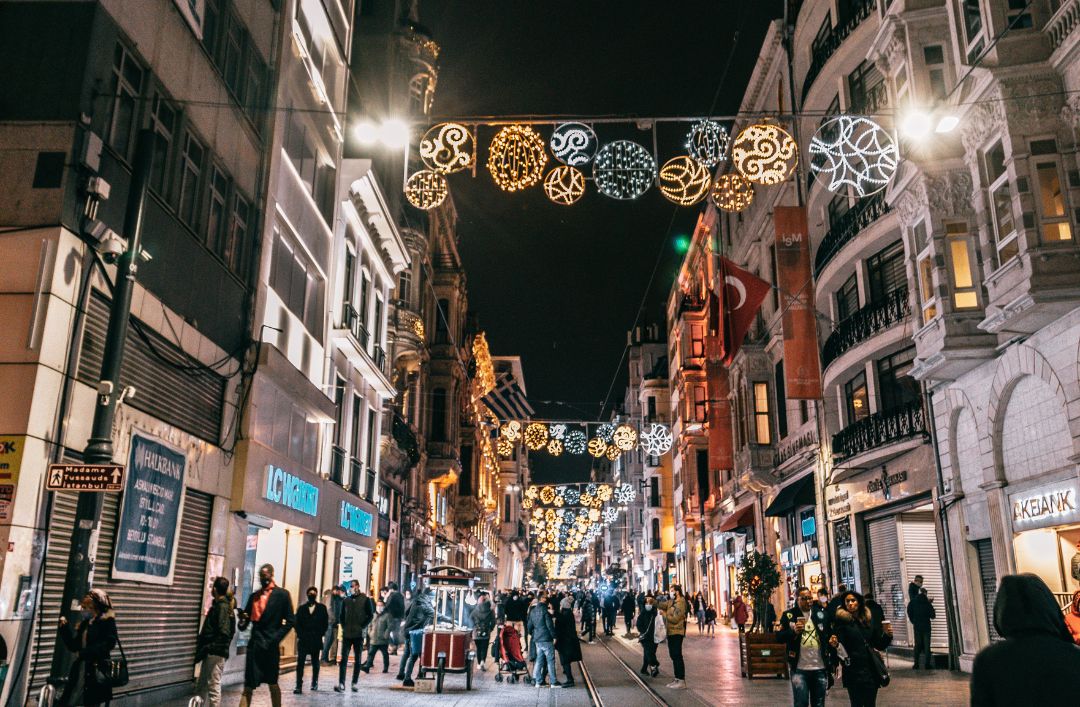
Continuing with sporting events, 22nd December is the date chosen by Calpe to celebrate the San Silvestre Fun Run; don’t forget to wear fancy dress, as there will be 3 individual and 3 group prizes. And if you don’t have plans yet for New Year’s Eve, put Calpe in your diary: the town hall has prepared a fabulous party for the whole family from 5 to 8 pm, and if you want to carry on, don’t worry the night is still young: at 11.30 there will be another celebration to take leave of the outgoing year which is going to be a lot of fun.
Finally, last but certainly not least, all the municipalities have programmed their own Three Kings Parades on 5th January in the afternoon, a true spectacle of magic and excitement which all the little ones will love. Visit the website of your favourite town hall to find out times and the route that the procession will take and don’t forget to check out our upcoming blog posts to find out everything that will be going on near Residential Resort Cumbre del Sol.
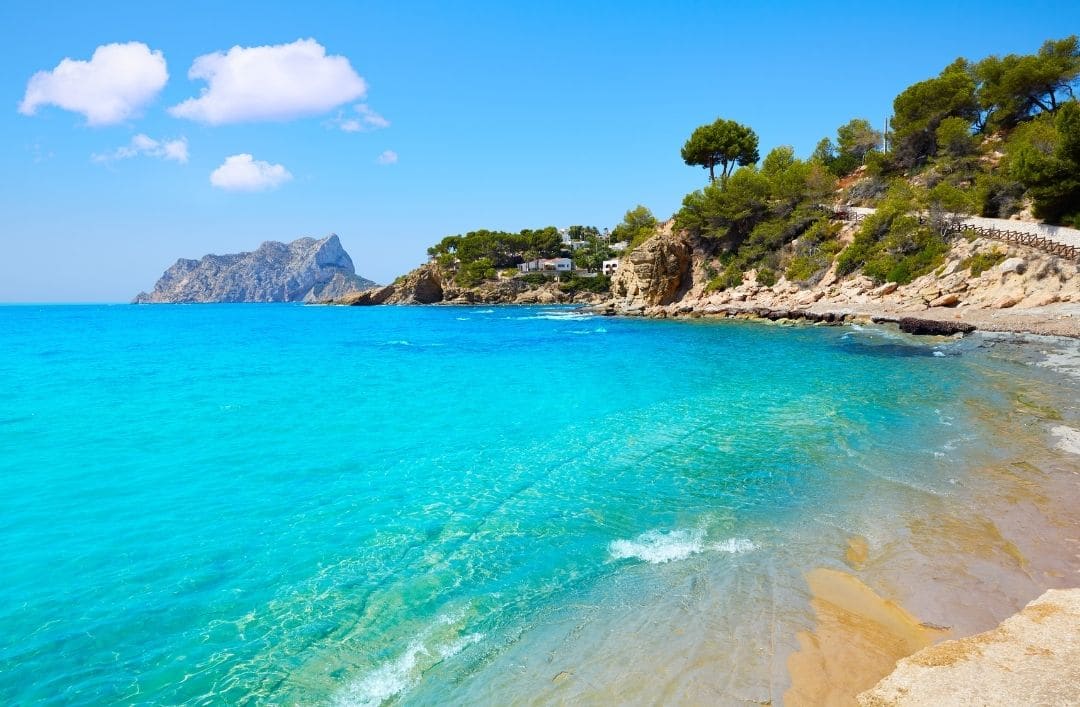
Jun 22, 2022 | Activities/Services, Otros pueblos
Altea, Jávea, Dénia… These are probably the first three names that come to mind when thinking of the Costa Blanca Norte. These incredibly beautiful towns are known for their historic centres, beaches and surrounding countryside. But there is always something new to discover on the Costa Blanca. Just a few kilometres away from Cumbre del Sol, between Calpe and Moraira, in the Marina Alta district, there is a charming place with hidden coves, cliffs, beach bars and a whole lot of history. Still don’t know which place we mean?
Benissa, quite unfairly, does seem to be the “Cinderella” of the Costa Blanca Norte. Many municipalities and towns in the area are much more popular with both national and international visitors. Are you interested in discovering what this place, which is like an open air museum, has to offer? Carry on reading, and we can tell you now, there’s so much more to this place than meets the eye.
Wander around the historic centre
The historic centre of Benissa is unquestionably one of the best preserved on the Costa Blanca. Start your route at Plaza del Portal and stroll around the Placeta de l´Esglesia Vella, passing by the Andrés family and Pere Bigot homes, houses which together form a particularly original annexe of Alicante University. You can continue along Puríssima and Desamparados (where the ancient noble families of Benissa once lived), two of the town’s most iconic streets. You should also check out the Casa Museo Abargues and, close by, the Riberer Monument, which pays homage to the Benissa agricultural workers who went to work in the rice fields of the Valencian Ribera. To complete your visit to the historic centre, save the best for last, namely, the church of the Puríssima Xiqueta, known locally as the Cathedral de la Marina.
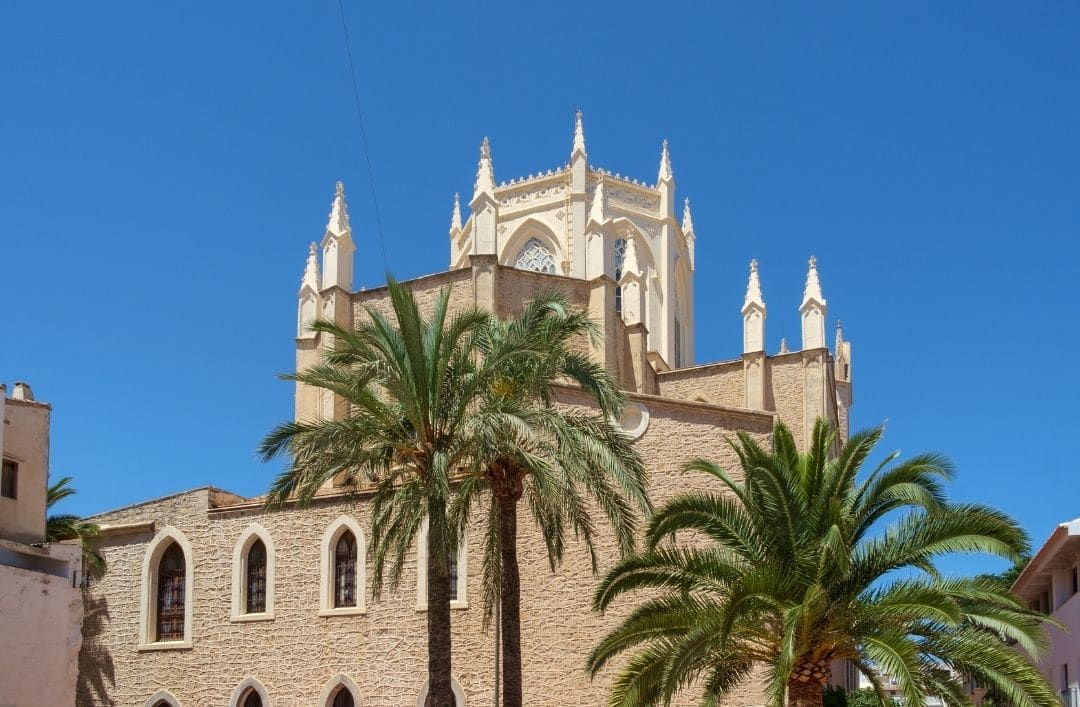
A stroll along the coast…. Or a swim
The historic centre is incredible, but Benissa also has its own beach. 4 kilometres of coastline bordered by stretches of beach and coves that run the whole length of the municipal district. The Benissa Ecology Trail (the name given to the coastal route) is a pleasant path that joins a string of beaches, some of them very well-known, such as Cala Les Bassetes and Cala de la Fustera. The trail was restored in 2006, with a view to protecting and conserving the cliffs and recovering the native ecosystems.
Even so, sometimes you just feel like kicking off your shoes and simply chilling in the waters of the Mediterranean. Apart from those we mentioned above, there are many more beaches to choose from such as Cala Pinets (with its incredible sunsets), Cala La Llobella, or Cala Baladrar (which has the best views of the Peñón de Ifach).
Sierra de Bernia
Benissa covers quite a large municipal area, which means that you can enjoy both the sea and the mountains in just one place. The Sierra de Bernia is ideal for enjoying countryside and discovering the local flora and fauna as you wander along one of its many trails. We recommend the following routes, La Solana, Molí del Quisi and dels Riberers.
Gastronomy
And why not? We are in the Costa Blanca after all, and its cuisine is one of its biggest attractions. Clearly demonstrating this combination of sea and mountains, one of Benissa’s most typical dishes is puchero de pulpo or octopus stew, made with pulses, potatoes, vegetables and rice. But there is so much more to discover about the Costa Blanca’s cuisine, here you can find an article about Denia’s gastronomy that can equally be applied to the whole coastline.
Now you have seen everything that you can do in Benissa. Visit this little known jewel of the Costa Blanca and discover somewhere completely new. What are you waiting for? And besides, another advantage is its excellent location in Alicante province as Benissa is just a few kilometres from Altea and Calpe, where you can continue to enjoy more sea and sand.
Don’t miss our upcoming articles in this blog to discover more activities, places and curiosities in the area of Residential Resort Cumbre del Sol.
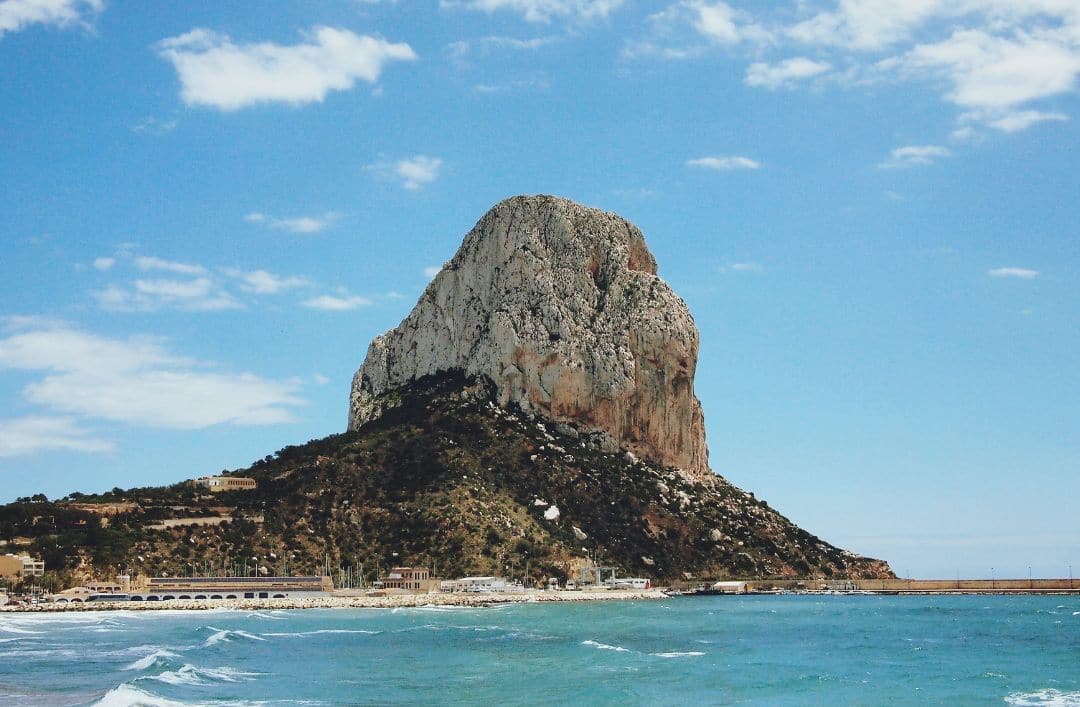
Jun 8, 2022 | Activities/Services, Cumbre del Sol, Other towns, Otros pueblos, Something special
The Costa Blanca is a favourite tourist destination. It is just like an open air museum filled with history, culture and festivities. Aside from its fabulous beaches, there are many places of interest that are worth a visit, and the splendour and cultural heritage of its villages invite you to explore and discover them further.
Romanesque churches, historic neighbourhoods with their Arab architecture, or castles from a bygone age. Fiestas, monuments and tradition which will take you back to remote times as you explore the cultural heritage of the villages in this area. Discover some magical places just a step away from the Mediterranean seashore!
Festivals and fun on the Costa Blanca
There’s a festive spirit in the streets of the Costa Blanca’s towns and villages all year round. Participation in these celebrations is always a popular activity. You have probably heard of the night of San Juan or the Moros y Cristianos fiesta. However, first things first, what do you actually know about their origins?
Moros y Cristianos
Altea, Denia, Calpe, Villajoyosa or Alcoy are well known for their popular celebrations of the Moros y Cristianos festivities held in honour of the patron saints of these Costa Blanca towns.
As the oldest residents will tell you, faithful to their religious beliefs, thanks to these patron saints, the Christians were able to overcome the Muslims in battle. This historic celebration spans a period of 3 to 5 days and is held in a number of cities and at different times of the year. The highlight of this fiesta is the Desembarco – the disembarkment – which commemorates the arrival of the Moorish troops on the coast and their battle on the beach with the Christian forces determined to reconquer the land. It’s an impressive spectacle!
Altea is synonymous with festivity. Almost every month there is a fiesta in this municipal district, but it is in summer that the fiestas really come into their own.
Easter Week and Corpus Christi are the main religious events of the year. In February the streets are vibrant with colour as the residents celebrate their famous Carnaval. Meanwhile, Castell de l’Olla celebrates on the Saturday that falls closest to feast of San Lorenzo in Altea. It holds Spain’s biggest fireworks display from the sea. It also celebrates its own Moros y Cristianos fiestas.
San Juan Bonfires
When summer comes, this area of the coast attracts worldwide interest. The San Juan Bonfires begin on 19 June, and the ‘Mascletás’, the Proclamation, processions, street parades, firecrackers and bell ringing are all part of the festivities, culminating in the famous bonfire night the ‘Cremà’ (24 June).
Fireworks
The culmination of all these festivities and Bonfires is a particularly special event. The celebration takes place every year after the bonfires, held from the 25 to 29 June. Postiguet beach is host to a fireworks contest. The most stunning pyrotechnic displays can be found here on the Costa Blanca.
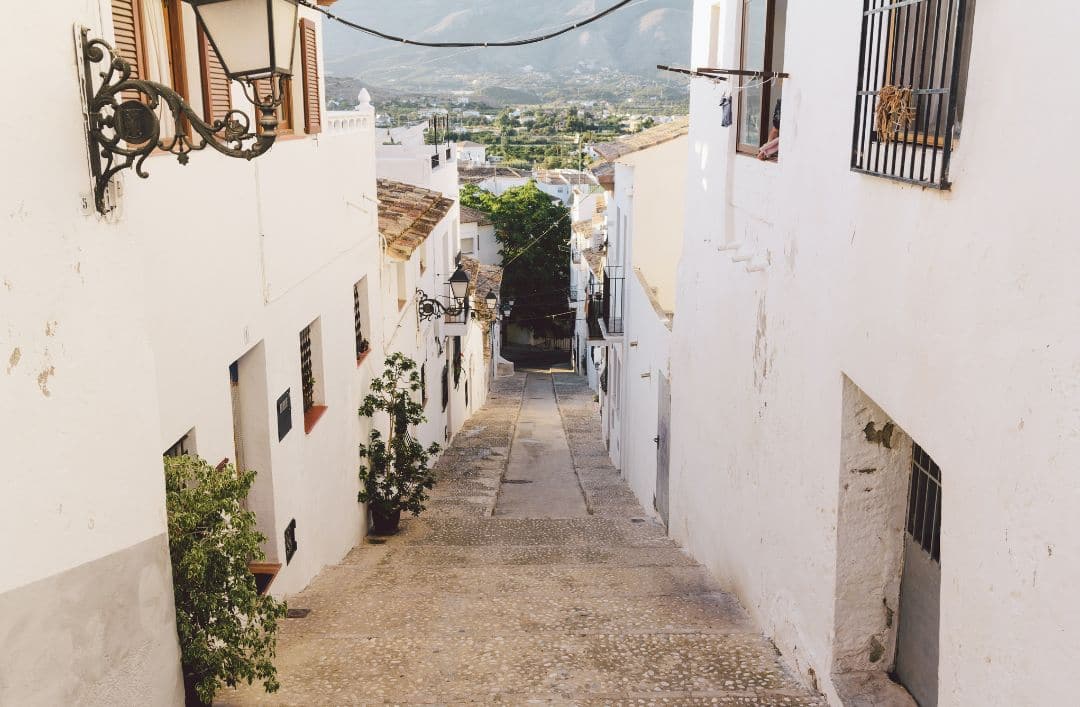
History and much more on the Costa Blanca
The historic quarters of many of the area’s towns are another major attraction of the Costa Blanca. Neighbourhoods that harbour amazing legends and impressive monuments.
Altea church
In the heart of Altea’s historic centre, this church dates from 1607, when it was first built. A stroll around its square and the surrounding area will take you right back to the 16th century. The church has been a mute witness to the passage of time in the town becoming an historic and cultural icon of Altea.
Bust of Cervantes
In Dénia, the most famous part of town is known as Explanada de Cervantes, where you can find a bust of the celebrated writer Don Quixote. The story goes that in 1580 when Cervantes was freed from prison he went to the port of Dénia, kissing the actual spot where this monument now stands.
The Castle Route
There are over 100 castles on the Costa Blanca. Fortresses that were the strongholds of the ancient Visigoth kings and the most important monarchs in the area. The Castle Route will draw you into a magical cultural experience. There are many such citadels along the route that runs from the mountains down to the sea.
Legends, culture and festivities that bear witness to the Costa Blanca’s wealth of mystery, entertainment and fun. Living history alongside the Mediterranean sea. How about choosing it as a place to live?
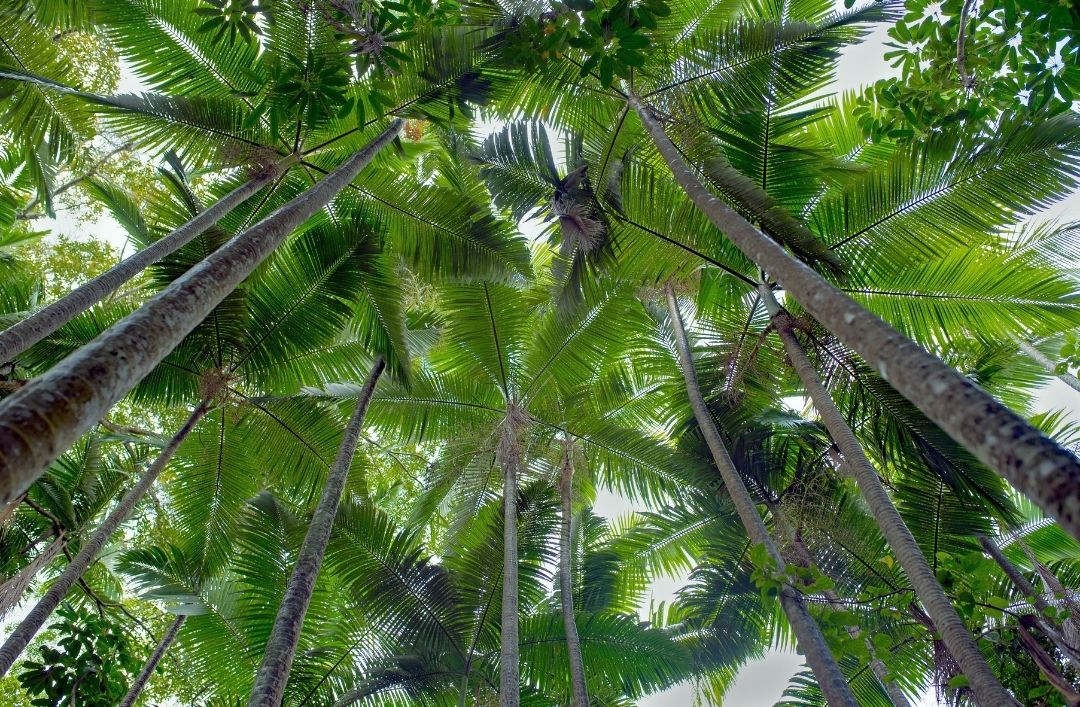
May 23, 2022 | Events, Other towns, Otros pueblos
Promoting identity, protection, and preservation of natural and cultural heritage is considered to be especially valuable for humanity. This is, and for a long time now, one of the main works of UNESCO (United Nations Educations, Science, and Culture organisation). The title World Heritage Site is a distinction for these types of places. In the Costa Blanca, and around it, we’re lucky enough to have a few of these places.
Before talking about these marvels, we want to briefly clear something up. Firstly, there’s two main types of heritage. “Cultural heritage”, which refers to monuments, groups of buildings and sites that have historical, artistic, or archaeological value. In this category, you’ll also find places with scientific, ethnic, or anthropological value. “Natural heritage” refers to exceptional physical, biological, and geological formations. This goes for animal habitats, endangered plants, and area that have scientific, conservation, or visual value. On the other hand, we also have “Intangible cultural heritage”, which includes living inherited practices and expressions from our ancestors. This is heritage that is passed down generation to generation, like oral traditions, scenic art, social customs, rituals, festivals…
All along the Costa Blanca and all around it, we have places that include all three types of heritage. Take note and plan a weekend escape to visit them!
El palmeral (Elche)
Over 200,000 palm trees look down on the urban centre of Elche. Since the year 2000, the place of the Costa Blanca has become a World Heritage site.
The Mediterranean diet
This diet was declared Intangible Cultural Heritage in 2013, the reasons being it’s richness, variety, and health benefits. You can enjoy the Mediterranean diet in all its form in the Costa Blanca. And along the whole coast of the Valencian Community! From markets where exquisite raw materials are sold all the way to the best restaurants that have kept this tradition and the essence of Mediterranean cuisine. Flagship restaurants known for exploring this cuisine, respecting its differentiating features, and being recognised worldwide for its variety of flavours and textures and for its health benefits.
Cave art
Cave art in itself is a unique cultural manifestation. And it also represents the prehistoric society that lived in the place where the Costa Blanca is today. In and around the area, there are plenty of these depictions, but if we had to recommend one in particular, we’d go for the following: Moixent with the drawings Abrigo de la Penya and Abrigo de Gontran. You can also visit the ones in the Caroig massive (Cueva de la Araña y abrigos del Barranco Moreno).
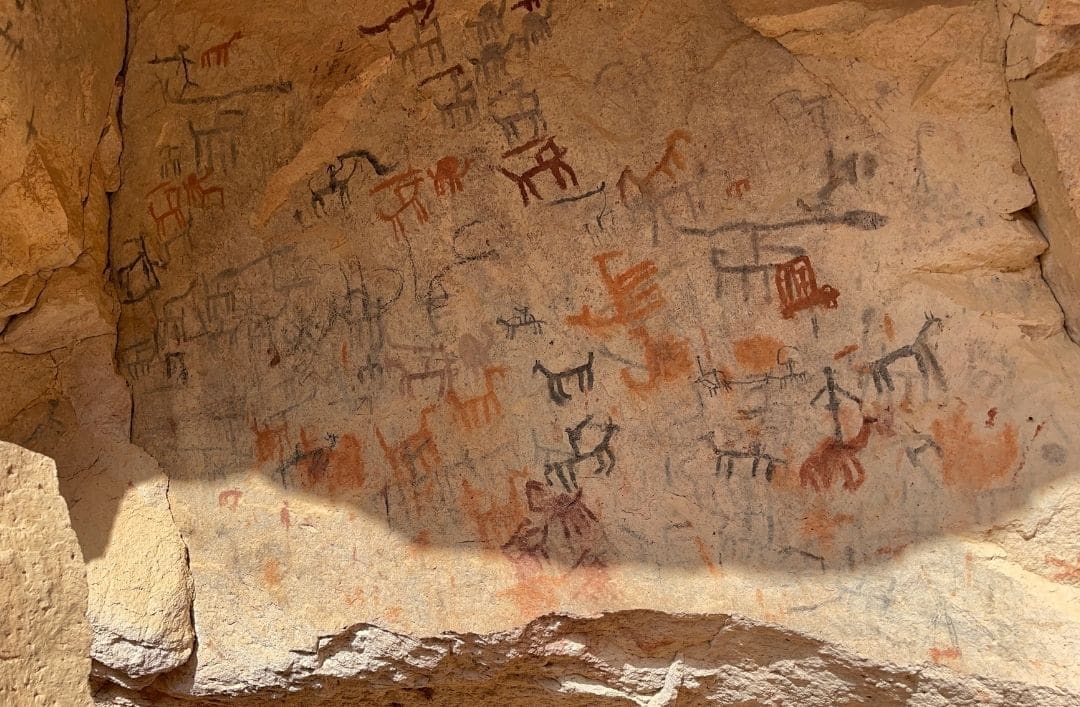
The mystery of Elche (Elche)
Declared as Oral heritage and Intangible world heritage in 2001, the Mystery of Elche is a cultural treasure in the city. This work of medieval origins is also known by the name of La Festa. It embodies all the years of the Basílica de Santa María de Elche’s history in the month of August. This activity celebrates the festival Virgen de la Asunción (the Virgin of Ascension).
Strong cultural legacy
The cultural legacy of the Costa Blanca brings together all kinds of activities and places that are steeped in history and tradition. Moors and Christians in Denia, Alcoy and Calpe, festivals in Altea and Alicante, Moorish quarters and castles in Guadalest and Javea are some of the best known experiences in the area. The options are almost endless and we encourage you to discover this land.
From rock castles at the foot of the Mediterranean, to those narrow cobbled streets where the smell of the sea mingles with the refreshing scent of jasmine, to massive parades of people, the magical Night of San Juan… everything feeds into an immense tradition and legacy.
In addition to the World Heritage Sites that we have reviewed in this entry, the Costa Blanca has some of the most beautiful historic centres in Spain. Clear examples are the Barrio de Santa Cruz in Alicante and those of Javea, Denia, Benissa and Teulada. All of them sharing one common feature: the Mediterranean sunlight.
Don’t miss our blog articles where we’ll give you more ideas on plans all over the Costa Blanca.












